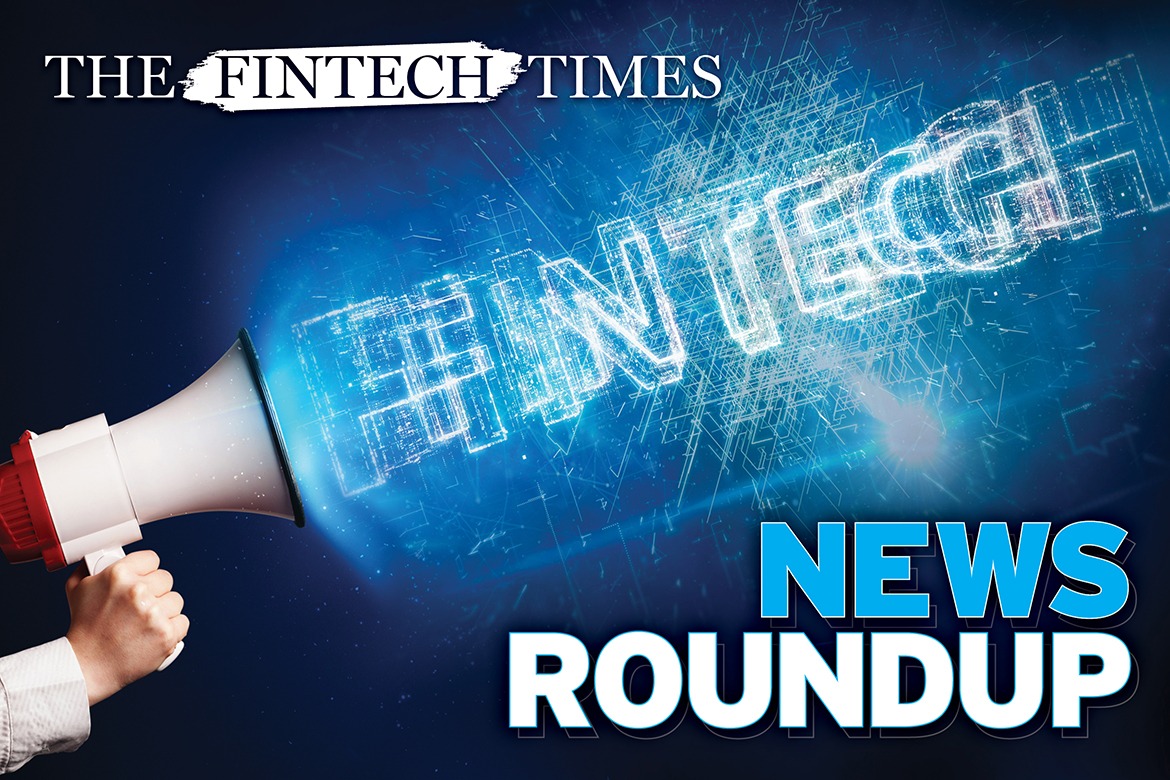London Blockchain Conference 2023: Freezing, seizing lost and stolen digital assets
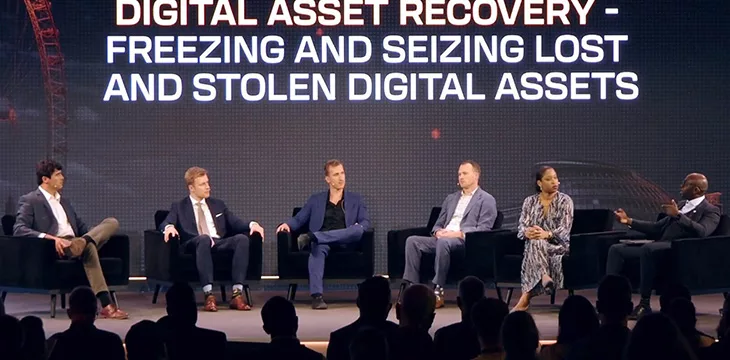
[gpt3]rewrite
At a conference packed with exhibitors and speakers eager to showcase the many uses of scalable blockchains to hundreds of attendees making their way through the halls of the Queen Elizabeth II Conference Center, the red-hot question of whether lost digital assets can ever be recovered can seem remote – or even irrelevant.
But as far-fetched as the question may seem for an event that has gone out of its way to talk about the many non-financial use cases of blockchain technology, it’s clear that it needs to be answered if that technology is ever to see mass adoption by governments and businesses.
Fortunately, the London Blockchain Conference ended up tackling the question head on. On Day 2 of the event, Britevue CEO and co-founder Connor Murray hosted a panel on “Digital Asset Recovery – Freezing and Seizing Lost Assets.”
He was joined by Marcin Zarakowski, executive committee member of the BSV Blockchain Association, and CEO of Token Recovery; Roman Bieda, head of fraud investigations at Coinfirm; Daniel Payne, founder of the International Congress of Blockchain Legal Advisors and president of Blockade United; Lavinia Osbourne, lawyer and founder of Women in Blockchain Talks; and Brian Sanya Mondoh, Attorney and Advocate at BlockchainLex.
The panel represents a wide range of experiences with the recovery of digital assets. Perhaps the most direct of these experiences comes from Osbourne, who had his own digital assets stolen and successfully secured the first ever injunction over stolen non-fungible tokens (NFTs). Then there’s Zarakwoski, whose organization, the BSV Blockchain Association, developed the Digital Asset Recovery tool to allow enforcement of court orders against stolen digital assets on blockchain networks. Beida’s role has him squarely behind the blockchain research necessary to even launch an action in this space, while Payne has extensive experience in securities law. And Mondoh’s BlockchainLex provides specialist legal advice on digital assets, including recovery.
The panel got stuck in a discussion about one of the first questions that must be answered before successfully recovering digital assets through the legal system: to the extent that you need to make a legal claim, who do you do it against, especially when a hacker is almost completely certainly anonymous.

“There is always a known party in these transactions,” says Mondoh. “The exchanges. So you have to apply for a disclosure order against them because you know who these parties are because they did KYC on the customer. The person is unknown, but the known person must sneak up on them.”
Murray posed this question to Beida, asking him to share his experiences with exchanges, especially when confronted with legal action.
“It’s a battle for them,” Beida said, agreeing with the strategy penned by Mondoh. “On the other hand, you have their client, who may be a bona fide trader, and freezing millions of dollars of someone’s is not an easy question.”
“How often does it happen where the stock exchange is told to ignore it?” Zarakowski asked.
“Three years ago it was a common thing,” Beida said. “Today, it is easy to freeze assets for at least seven days from jurisdictions that cooperate – the US, the EU, parts of Asia -. Sometimes even by contacting them on Telegram, they will freeze it and give us time to collect the right evidence.”
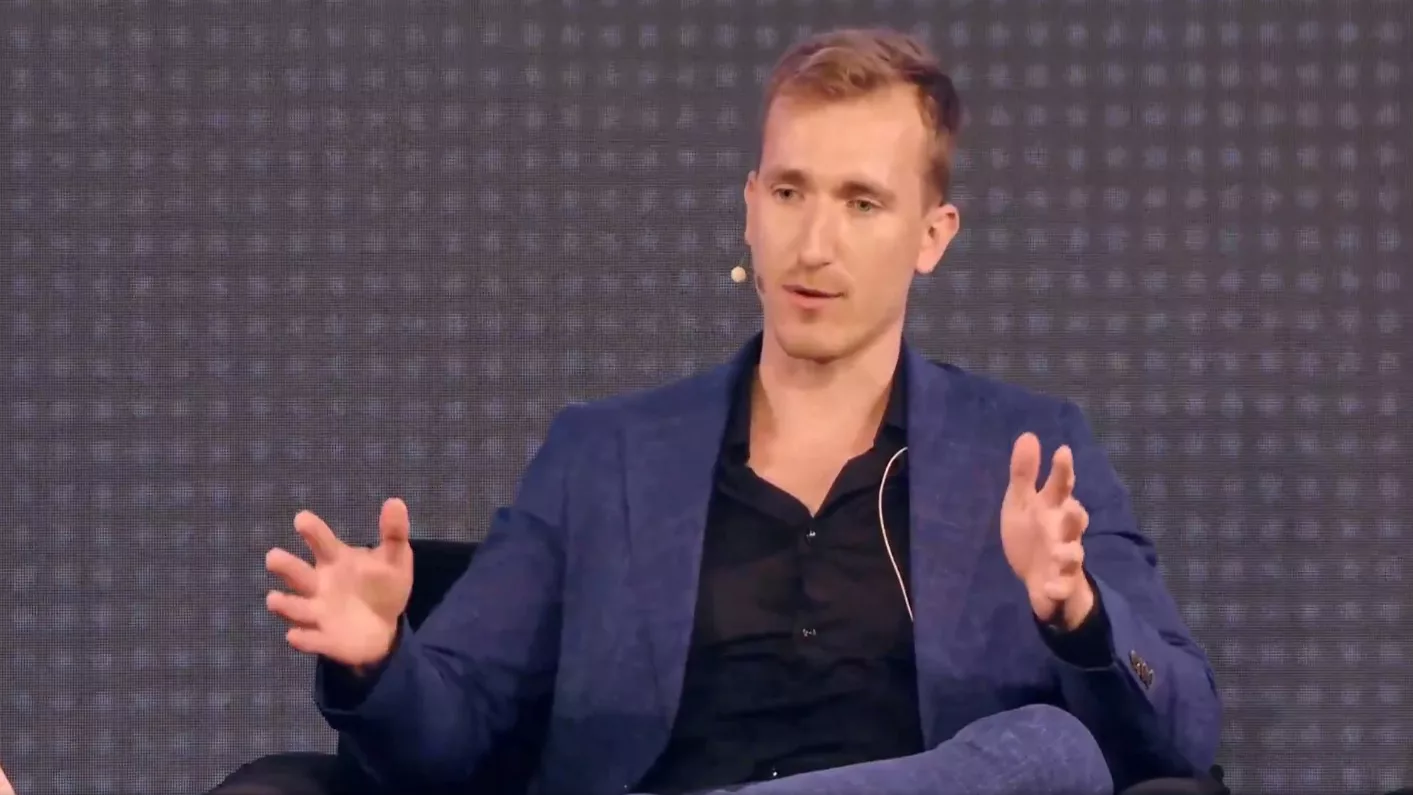
Nevertheless, Payne highlights that courts in the United States are extraordinarily reluctant to take action in a case where the relevant parties have not been identified.
“It’s very difficult to get a court to understand that they can issue against a wallet.”
Perhaps more of a problem is that it is not always obvious where digital assets and blockchains exist, legally speaking – which can present challenges in getting a court to accept jurisdiction or can lead to situations where the court finds jurisdiction in cases where it does not practically. appropriate. Payne points to a recent case in the US where the court tried to determine where a certain blockchain exists when it has nodes all over the world. The judge there found that the fact that there was a “plurality” of nodes—not even a majority—in the United States was enough for her to find jurisdiction.
“In my view, when a transaction is confirmed on this blockchain, it happens simultaneously worldwide. Not in the U.S. Her view was that there were several nodes—not even a majority—in the U.S. that gave her jurisdiction. I strongly disagree.”
The panel raised another practical barrier that stands in the way of people using the legal system to recover their rightfully owned assets: cost.
Speaking of the inefficiencies of this process, Zarakowski says you might “have to go to multiple courts, and if they’re located in different jurisdictions, it involves expensive and lengthy litigation that stops people from trying to recover their digital assets.”
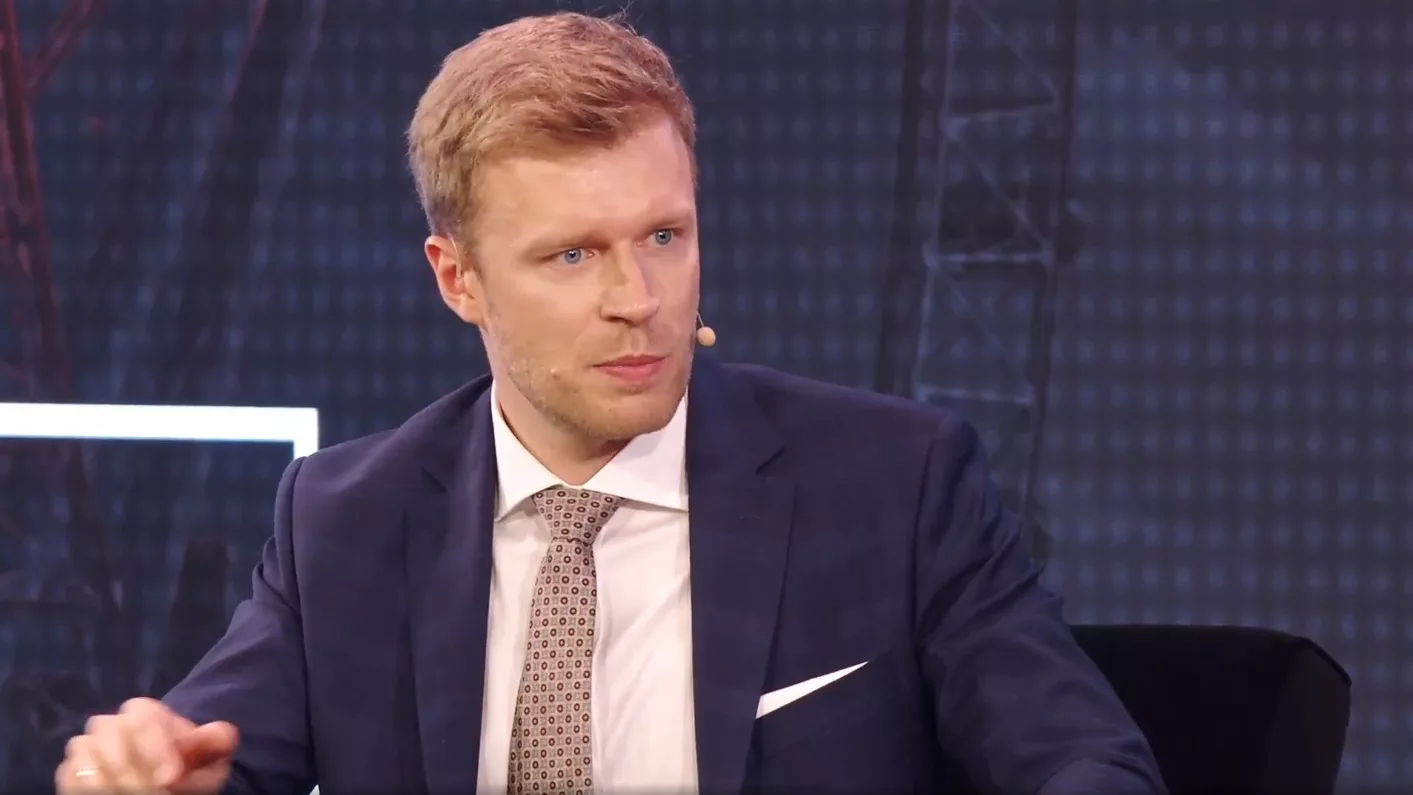
“Then you must be lucky. You are betting that the judge understands your case. So when you get your order, you have to go to the exchanges.”
The last part in particular is a huge challenge in itself because even the biggest exchanges in the industry have taken steps to insulate themselves from this kind of scrutiny.
“Can someone tell us where Binance is actually registered?” Zarakowski asks.
“It is a network of entities spread across different jurisdictions. Even if you served one entity in one jurisdiction, it’s Binance X instead of Binance Y.”
But the reality is that none of these challenges are insurmountable. Indeed, they cannot be considered as such if blockchain is ever to see mass adoption. But the problem is that the digital resources community is divided on this issue – with a very senior corner of the industry resisting any attempt to bring it closer to the law.
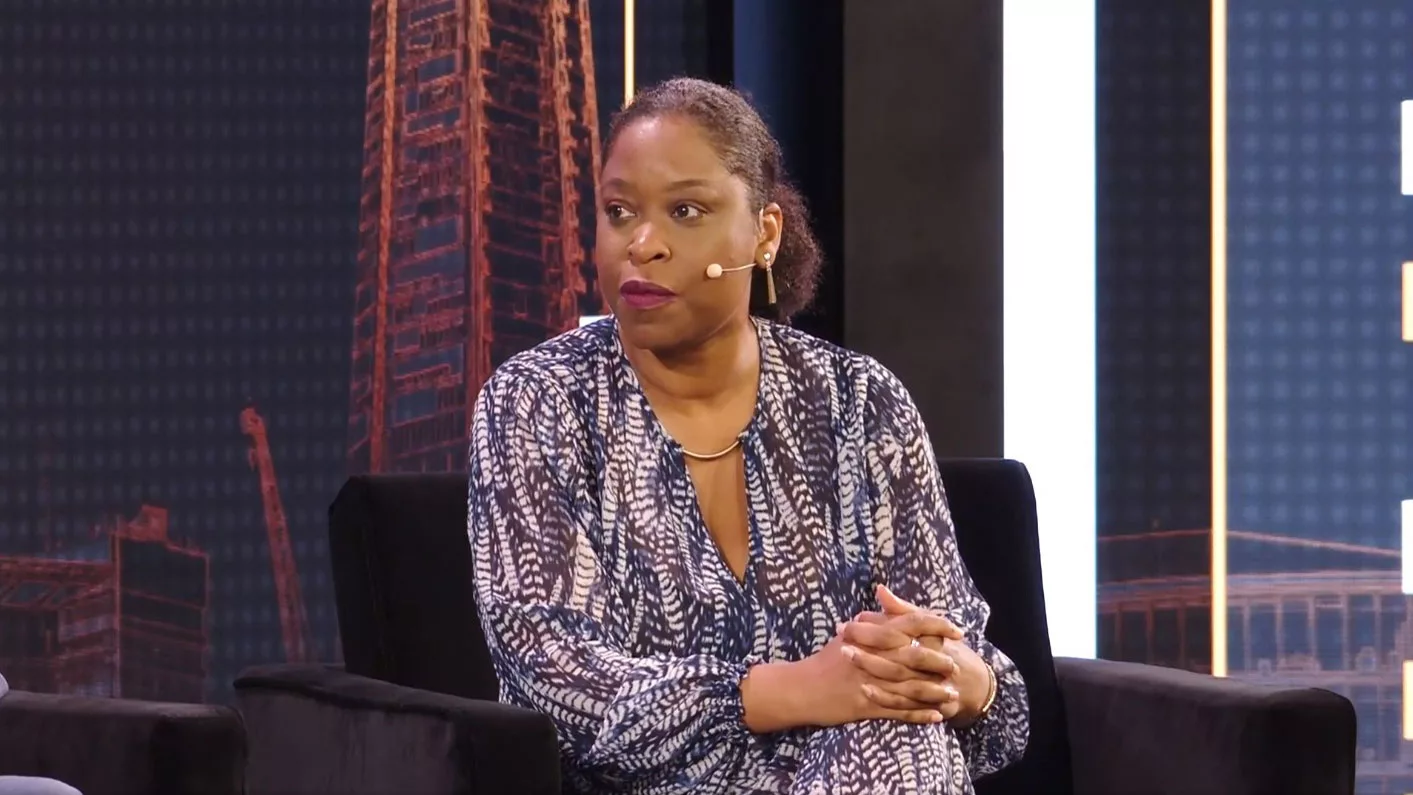
“I think it’s this versus between two groups,” Osbourne says. “Pure blockchain, where if you lose your assets, you lose them, and there’s no recovery. Then there’s the other side — and most people want a way to recover their assets.”
The panel seemed to be in broad agreement that the latter category of people far outnumber those in the former group – although it might not seem that way from inside the industry.
“If you’re in this crypto bubble, you think everyone thinks alike,” says Zarakowski, referring to the ‘not your keys, not your coins’ ethos as a holdover from the industry’s earliest days.
Murray agrees: “I can shout 2+2=3, but that doesn’t make it true. In some ways, there is only one side: the fact that ownership is an established legal process that is not new.”
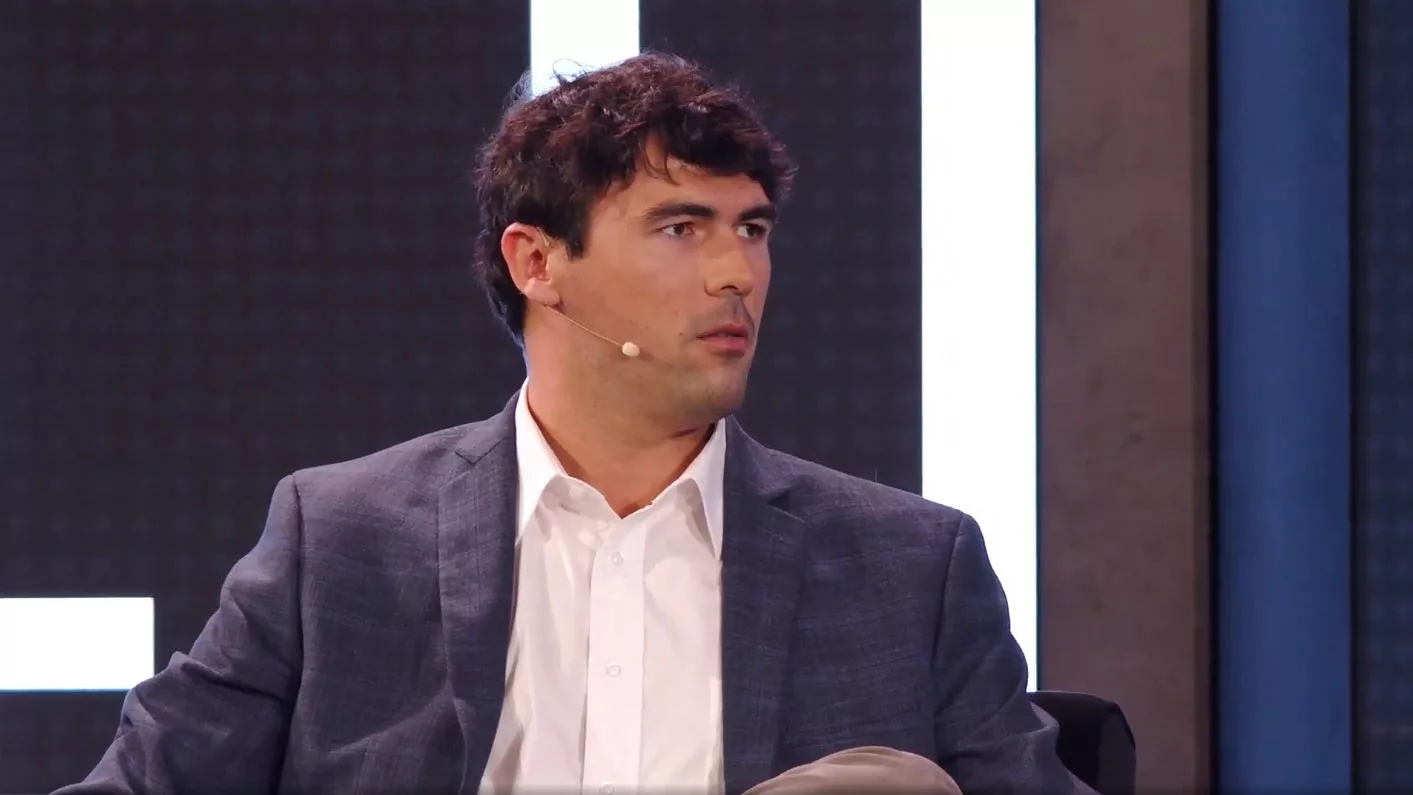
Taking a slightly different approach, Mondoh says that accepting that the courts can intervene to restore access to digital assets is a refuge from what he considers the decentralized ideals of blockchain – and that’s fine.
“Talking to some techies yesterday, we’re at a place where we agree that decentralization as a concept cannot be sustained in its purest form. Blockchain is about custody, removing the middleman. That’s the origin of Bitcoin. But we have to mutating and adapting and seeing things from the current realities that are … we have to decide what it is that we want.”
See: Digital Asset Recovery on Bitcoin
New to Bitcoin? Check out CoinGeeks Bitcoin for beginners section, the ultimate resource guide for learning more about Bitcoin – as originally envisioned by Satoshi Nakamoto – and blockchain.
[gpt3]

























